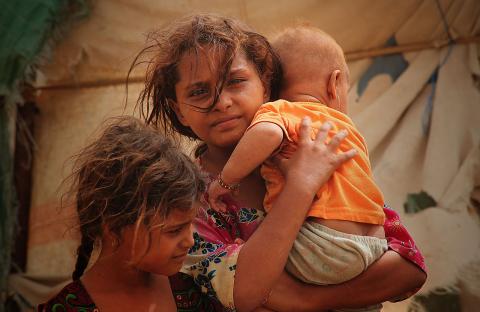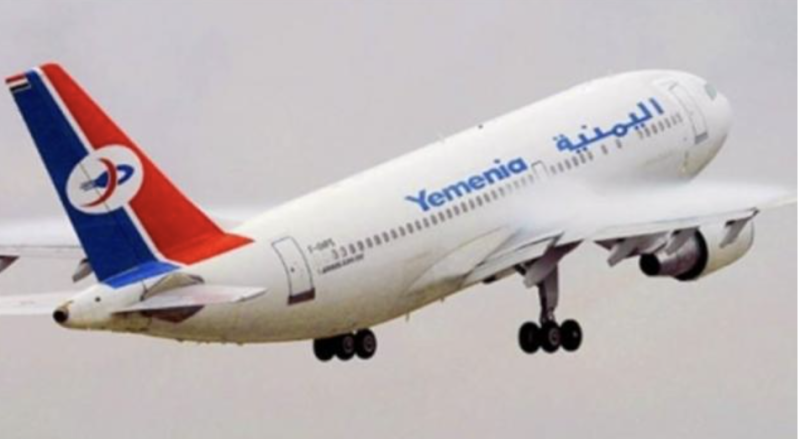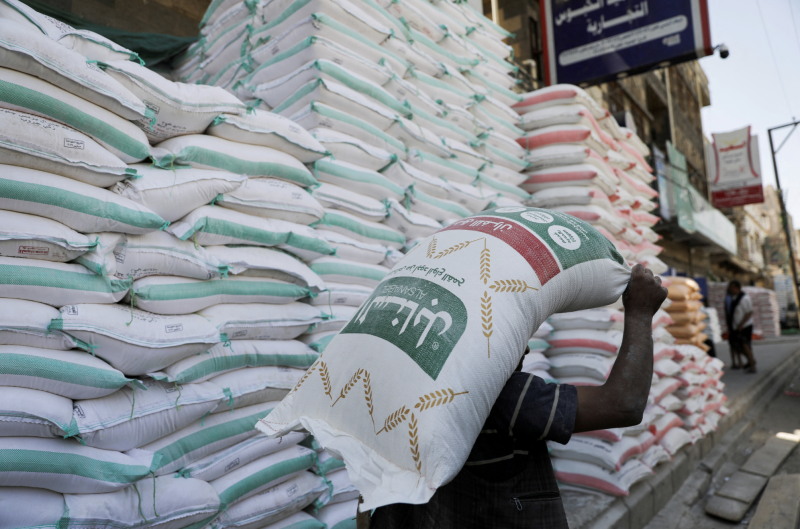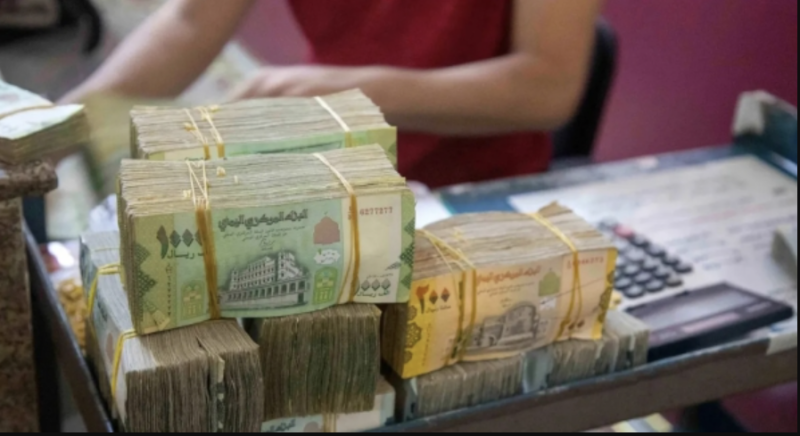IOM Yemen COVID-19 Response Update (23 August - 05 September 2020)


SITUATION OVERVIEW
1,993 Reported Cases
1,203 Reported Recovered
574 Reported Deaths
While official reports indicate that the number of reported COVID-19 cases is decreasing, there is limited available data to inform the epi curve, due to insufficient testing and surveillance, and with fewer people reporting willingness to approach health facilities for support. IOM continues to work within UN frameworks to scale up COVID-19 testing and surveillance activities, while ensuring service continuity in locations that host large displaced and migrant communities and supporting Yemen’s public health system. The economic crises, characterized by a fuel crisis in northern governorates, a depreciating currency and a decrease in remittances into the country, continues to exacerbate the burden on conflict affected communities.
IOM teams continue to monitor countrywide COVID-19 movement restrictions. Two of the five international airports (Aden and Seiyun) have been opened for commercial and humanitarian flights, with authorities announcing the closure of the Sana’a airport to humanitarian flights on 07 September. The closure of this key entry pointport is expected to severely impact the COVID-19 response, limiting the arrival of humanitarian professionals and aid supplies. All 15 sea border points and three land border points are partially open for movements, and 10 transit points in Taizz and in Al Bayda remain active to monitor public movements between southern and northern governorates. No curfews are in effect across the country, and authorities at the Al Wadea land border point allow stranded Yemeni’s to return from the Kingdom of Saudi Arabia, after temperature checks. While there were no Yemeni returnees recorded through this border point in August 2020, 187 Yemeni’s returned between 01 and 05 September 2020.
COVID-19 & DISPLACEMENT
Conflict continues to be the main driver of conflict in Yemen. In the month of August, 2,935 displacements were recorded through IOM Yemen’s Displacement Tracking Matrix. While over 10,000 COVID-19 related movements were recorded in previous months, no IDPs cited COVID-19 as a reason for displacement in August, and conflict activities have continued displace families from Hudaydah, Al Bayda and Taizz governorates3 . Eight months into the year, 22,342 households have been displaced by the crisis, with many facing increased risks of COVID-19 transmission since the outbreak.
Displacement and COVID-19 challenges have been compounded by flooding in July and August; over 62,000 households are estimated to have been affected by the torrential rains and storms. IOM is enabling a rapid response to meet needs through its Common Contingency Pipeline. Since August, IOM has released critical household, shelter and hygiene items to partners in Al Hudaydah, Hajjah, Ibb, Taizz and Marib, aiming to serve 9,631 households. Through this Contingency Pipeline, IOM has also provided partners in Marib and Al Jawf with shelter and aid items, enabling a response to 2,500 households newly displaced by conflict activities in the area.
These emergency and preparedness response activities have been important in alleviating the burden on displaced communities and improving living conditions in displacement sites.

Aden — Yemen Airways has announced new updates to its ticket cancellation (VOID) policy, introducing financial penalties on travel agents in…

Geneva – The United States announced that Yemen will not be among the countries benefiting from a new $2 billion funding pledge for United Na…

Paris — The French humanitarian organization Acted announced that it has delivered cash assistance to nearly 89,000 people affected by displa…